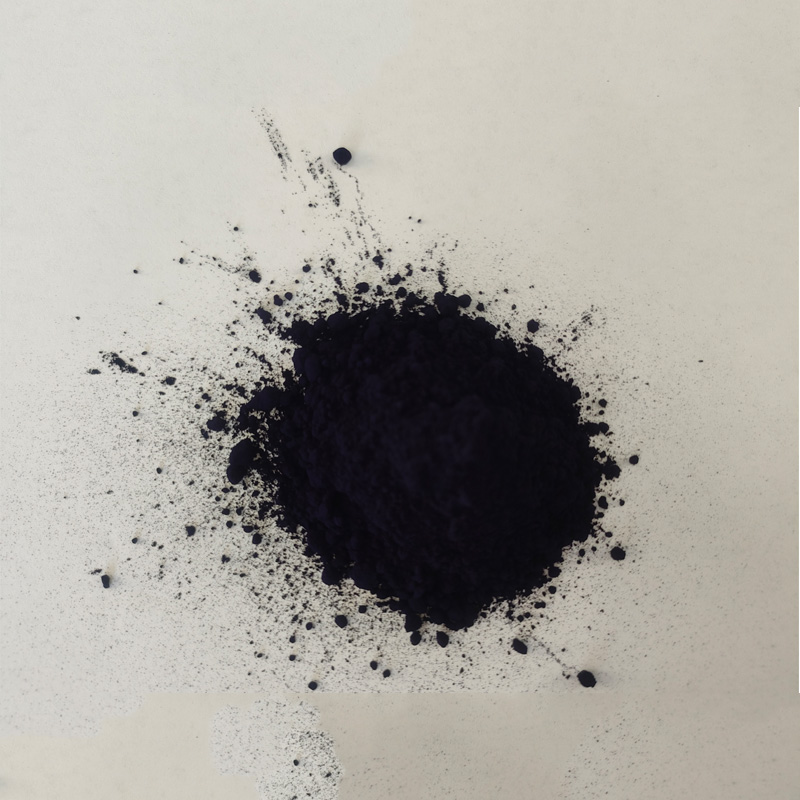High-Quality Indigo Cotton Yarn Supplier for Fashion and Textile Industries
The Art and Craft of Indigo Cotton Yarn Manufacturing
Indigo cotton yarn has gained significant popularity in the textile industry for its rich color and versatility. The unique combination of indigo dyeing techniques and the softness of cotton makes it a sought-after material for various applications, ranging from fashion to home textiles. This article explores the process of manufacturing indigo cotton yarn, its benefits, and the growing demand in the market.
The Manufacturing Process
The journey of indigo cotton yarn begins with the selection of high-quality cotton fibers. Manufacturers often source their cotton from sustainable farms that prioritize organic practices, ensuring that the fibers are not only durable but also environmentally friendly. Once the cotton is harvested, it undergoes a series of processes to transform it into yarn.
The first step is the ginning process, where the cotton fibers are separated from seeds and debris. This stage is crucial for ensuring the purity and quality of the cotton. Following ginning, the fibers are cleaned and carded. During carding, fibers are untangled and aligned, forming a web that will be spun into yarn.
Next comes the dyeing process, which is one of the most distinctive aspects of producing indigo cotton yarn. Traditionally, indigo dye is derived from the leaves of the indigo plant. The dyeing process itself can be quite complex, involving fermentation and oxidation that transforms the indigo into a usable dye. Manufacturers employ techniques such as rope dyeing or vat dyeing, where the cotton yarn is submerged in a vat that allows it to absorb the indigo dye.
After dyeing, the yarn is dried and then twisted together to create the final product. This twisting process not only enhances the strength of the yarn but also contributes to its overall appearance. The final step involves finishing treatments, such as washing and softening, to ensure that the yarn has a soft touch and vibrant color.
indigo cotton yarn manufacturer

Advantages of Indigo Cotton Yarn
One of the primary advantages of indigo cotton yarn is its aesthetic appeal. The deep, rich hues of indigo are timeless and versatile, making them suitable for a wide range of products. From denim jeans to intricate textiles, the color holds a significant place in contemporary fashion.
Moreover, indigo cotton yarn possesses excellent durability. The indigo dye bonds well with the cotton fibers, resulting in fabric that withstands wear and tear over time. This durability makes it an ideal choice for garments that are subject to frequent use, such as casual wear and work clothing.
Sustainability is another critical factor driving the demand for indigo cotton yarn. As consumers become more environmentally conscious, they seek products that are made with natural and sustainable materials. The use of organic cotton and traditional dyeing techniques promotes sustainability, appealing to eco-friendly consumers.
Market Trends and Demand
The market for indigo cotton yarn is growing, particularly in fashion and home textiles. Designer brands are increasingly utilizing indigo-dyed fabrics to create unique collections that attract consumers seeking originality and quality. Additionally, the rise of sustainable fashion has prompted many brands to incorporate indigo cotton yarn into their lines, further increasing its visibility and demand.
As the textile industry continues to evolve, the craft of indigo cotton yarn manufacturing stands out as an embodiment of tradition and innovation. With a rich history and a promising future, indigo cotton yarn is set to remain a vital part of the textile landscape, appealing to both artisans and consumers alike. The marriage of modern techniques and age-old practices ensures that indigo cotton will continue to thrive in an increasingly competitive market, offering beauty, durability, and sustainability.
-
The Timeless Art of Denim Indigo Dye
NewsJul.01,2025
-
The Rise of Sulfur Dyed Denim
NewsJul.01,2025
-
The Rich Revival of the Best Indigo Dye
NewsJul.01,2025
-
The Enduring Strength of Sulphur Black
NewsJul.01,2025
-
The Ancient Art of Chinese Indigo Dye
NewsJul.01,2025
-
Industry Power of Indigo
NewsJul.01,2025
-
Black Sulfur is Leading the Next Wave
NewsJul.01,2025

Sulphur Black
1.Name: sulphur black; Sulfur Black; Sulphur Black 1;
2.Structure formula:
3.Molecule formula: C6H4N2O5
4.CAS No.: 1326-82-5
5.HS code: 32041911
6.Product specification:Appearance:black phosphorus flakes; black liquid

Bromo Indigo; Vat Bromo-Indigo; C.I.Vat Blue 5
1.Name: Bromo indigo; Vat bromo-indigo; C.I.Vat blue 5;
2.Structure formula:
3.Molecule formula: C16H6Br4N2O2
4.CAS No.: 2475-31-2
5.HS code: 3204151000 6.Major usage and instruction: Be mainly used to dye cotton fabrics.

Indigo Blue Vat Blue
1.Name: indigo blue,vat blue 1,
2.Structure formula:
3.Molecule formula: C16H10N2O2
4.. CAS No.: 482-89-3
5.Molecule weight: 262.62
6.HS code: 3204151000
7.Major usage and instruction: Be mainly used to dye cotton fabrics.

